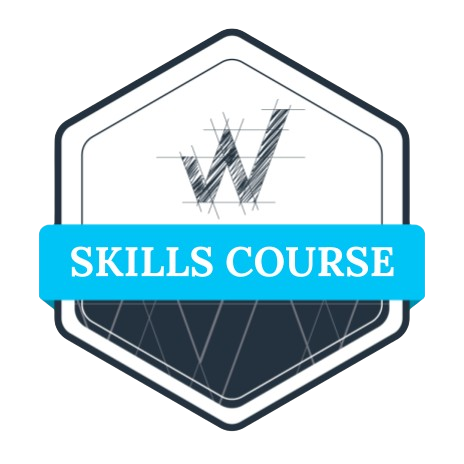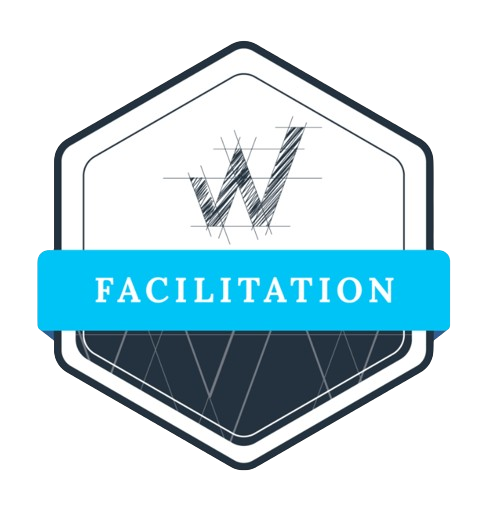For the past several decades, most companies have used a traditional model typically referred to as the “sales and marketing funnel.” According to this funnel, the marketing function is responsible for generating a certain volume of leads at the top of the funnel, sales development is responsible for qualifying those leads into opportunities, and sales is responsible for converting those opportunities into becoming paying customers. Leads go into the top of the funnel, emerge as paying customers from the bottom of the funnel. This model does apply, but only for companies that earn most of their revenue when the customer makes that initial purchase, such as a one-time hardware purchase.
Why the funnel doesn’t work for a recurring revenue business
But there is a fundamental problem with this model: Recurring Revenue takes place outside the purview of this conventional funnel. Why? Because the funnel ends at the point when the deal converts to a paying customer…which means that the funnel does not show the recurring revenue that takes place in the months and years during which that customer uses the product they purchased, when they renew their contract, and when they expand their usage. In a recurring revenue model, 72 to 93% of the lifetime value that we get from a customer happens after the initial deal.
If you use a recurring revenue model, the funnel only leads us to the halfway point.
And further still, it often leads us to the wrong conclusion, which is the idea that “in order to grow, we need to win more deals…and to win more deals, we need to have more leads.” Many companies then decide to rely on a volume-based strategy as a result: just get more (leads) into the funnel, and more (deals) will come out.
What recurring revenue businesses need instead is a model that covers the entirety of the customer journey. This model needs to account for the actual growth loops that take place in recurring revenue, and account for them in the right place along the customer journey.
For this, companies need to apply The Recurring Revenue Bowtie. The Bowtie is already being used by hundreds of high-growth SaaS and recurring revenue companies. Instead of stopping at the halfway point, it accounts for what happens after the initial deal is made: onboarding, getting to first impact, renewal, and expansion.

Figure 1. The Recurring Revenue Bowtie. The Bowtie and associated frameworks from the Recurring Revenue Operating Model are all available open source, at www.thescienceofrevenue.com
Because of this recurring revenue model, we have to think about the customer buying process much differently than we did in the past.

Figure 2. Figure 2. Visualization of the types of sales methodologies.
Traditional Sales Methodologies
In traditional sales models, the funnel always looked the same but involved a range of different types of sales methodologies: solution selling, consultative selling, and strategic selling.
Solution Selling. The original methodology was called solution selling. A customer comes to your sales team already aware of the problem and the probable solution. The sales rep only has to assist the customer with selecting the right product. This is the shortest of the methodologies, as it involves only the first part of the funnel.
Consultative Selling. This methodology is used when a customer knows that they have a problem, but they need help understanding potential solutions. In this method, the sales rep has to educate the customer on the options as well as help them select the right product. Consultative selling typically focuses on identifying and influencing the company’s key decision maker.
Strategic Selling. The above methodologies worked well until about 2003, when the dot-com bubble burst. Cash-strapped customers suddenly weren’t interested in buying new technology. Sales teams had to get more creative, pushing innovative solutions even if a customer hadn’t identified a specific problem. One of the classic indicators of strategic selling — also known as provocative selling — is an on-site workshop for leaders of a company looking to optimize or overhaul their business. This methodology often requires executives from the seller to reach out to executives from the buyer.
The SaaS Sales Method
The SaaS Sales Method is a modern sales approach, developed to serve the unique needs of the SaaS business model. With a SaaS methodology, profit generation shifts from soon after closing the deal, to months or even years in the future, at the point when the solution provider delivers the impact that the customer was promised. In many cases, persistent use of the service and growth of the account are needed for the SaaS company to achieve profitability on that account.
The SaaS Sales Method involves all customer-facing employees (Marketing, Sales, Customer Success). It emphasizes the importance of discovering, communicating, and delivering business impact consistently across the entire customer journey. In addition to the traditional steps along the funnel — awareness, education, and selection — the SaaS Sales Method adds onboarding, use, and expansion. It looks ahead to the lifetime value of a customer, rather than only what happens before the initial contract is signed.
Marketing and sales have traditionally operated in silos, which resulted in hand-off points where qualification criteria were used. For the SaaS Sales Method to be successful, we have to transition from qualification-driven sales (usually limited to a one-time event) to impact-driven sales (happening anywhere during the relationship with the customer).

Figure 3. The difference in qualification criteria based on budget (one-time) vs. priority (anytime).
Of note here is that the SaaS Sales Method doesn’t replace all the other methodologies; instead it combines and leverages all the previous methodologies. Teams may use a provocative technique for prospecting, a consultative technique for qualification, and a solution-oriented technique for selling. That essentially is what happens today with many high velocity sales organizations.
The Seven Key Moments that Matter
There are a few specific moments in sales that require special attention. If you and your team perform well during these moments, they will work in concert to generate success. We’ve identified seven key moments that are crucial during the SaaS sales cycle.
Business results, not fit. In the SaaS Sales Method, the concept of fit is reframed as impact. For example, the sales team at a car dealership must understand that they are not just selling a car — they are selling the ability for their customers to get to work and to provide for their family. Uber realized that impact could be unbundled from the car itself. Now Uber now sells pure impact (the ability to get around) to its customers, eliminating the need to actually own or even rent a car.
Conversation, not qualification. Instead of determining whether a prospect is “qualified” for your solution, focus on the fundamental skill of conversation. Conversation is a more natural, human activity. It helps you connect with the prospect on an emotional level and uncover real, pressing pain points. Have a clear idea of whether, when, and how your solution can have an impact on the customer’s business.

Figure 4. The difference in qualification criteria based on budget (one-time) vs. priority (anytime).
Diagnosing, not pitching. Keep this in mind: “Prescription before diagnosis is malpractice.” A salesperson must first understand the customer’s pain and what they want to achieve, before recommending a solution that will benefit the customer’s business.
Trading, not negotiating. This single change in wording and emphasis can have one of the greatest effects on your cumulative sales. When two parties negotiate, typically both parties come away with having given up things that they want; both parties walk away with something they were hoping to get, but compromising on other things so that a deal could be struck. That’s not a win-win scenario. Instead of negotiating, think about what you’re doing as trading. For instance, if you’re asking for something of value from the other party, what are you going to offer to them that is of equal value. This mentality forces the seller to think from the customer’s point of view, not just their own.
Orchestrating, not onboarding. Rather than just onboarding the customer to get them to start using the product, consider this to be an opportunity to orchestrate the entire business relationship going forward. Guide how the relationship will develop, set milestones for success, and ensure the relationship is set up to provide real impact to their business.
Results, not usage. Product usage isn’t a proxy for success. You should be looking at the success of the product itself. A more impact-focused approach would be to explore whether the customer is getting the results they need from the product.
Growing, not upselling. “Land and expand” implies that the customer is like a territory that should be mapped, flanked, and conquered. Instead, expansion teams should be thinking about growing the customer relationship. It’s the impact that matters most to the customer.

